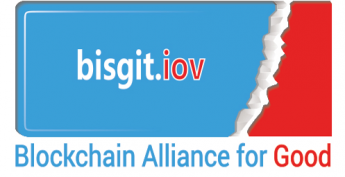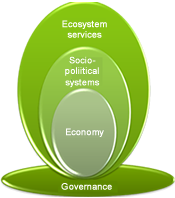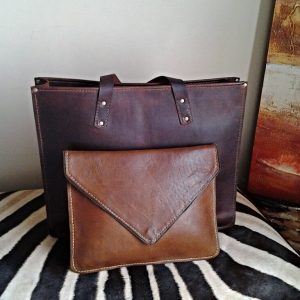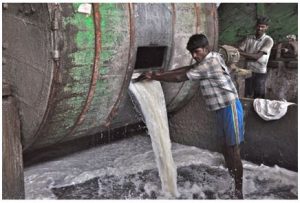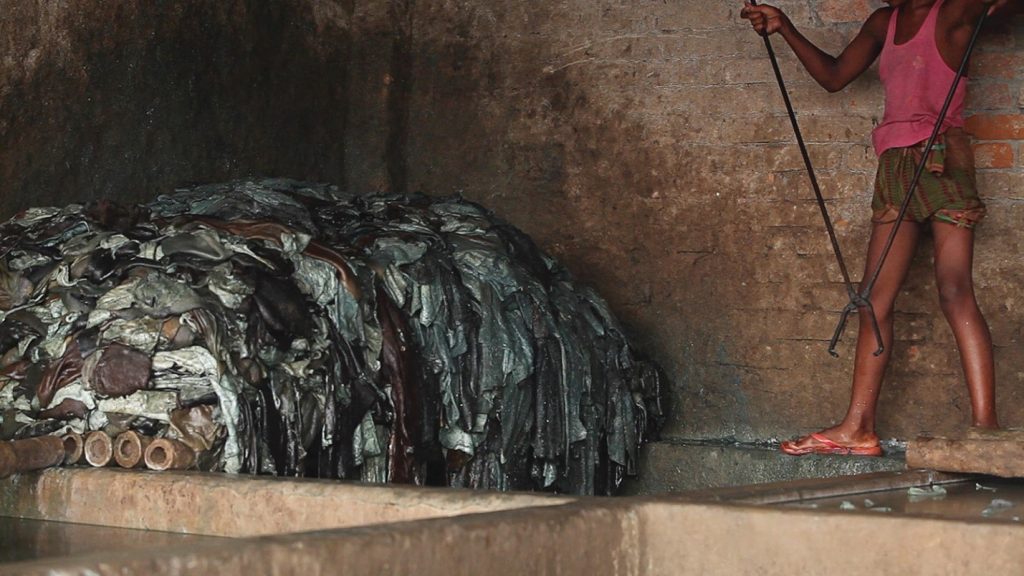[this project is one of the feeder attribute components of the crade-to-grave blockchain for leather provenance]
We have no choice but to manage our natural resources in a sustainable way or they become depleted. We have no option but to be Eco-friendly or face consequences of global warming. We have no choice but to improve our economy or we risk opening doors to poverty. In everything we do, we have the next generation to consider.
Sustainable development is hard to define without appreciating the interdependence between economic growth, social protection, and environment impact.
South Africa’s sustainable development vision is charted in the National Framework for Sustainable Development (2008) as “South Africa seeks to be a sustainable, economically prosperous and self-reliant nation that safeguards its democracy by meeting the essential human needs of its people. Managing its scarce ecological resources responsibly for current and future generations, and by advancing efficient and effective incorporated planning and governance through national, regional and global collaboration”.
The vision above will serve as a guide in this study. Focusing mainly on the economic affluence of this sector and intense competitive challenges it faces at present.
The topic of research will look at issues of sustainable development of leather accessories and footwear. The core research question for this paper is: what are the challenges faced by South Africa in its strides to ensure growth, competitiveness and continuity in the leather accessories and footwear fashion sector? The paper seeks to gather valuable insights on key areas of focus and issues requiring attention in the short, medium and long term. Supported by practical and implementable action plans to build on existing best processes, programmes, and Initiatives.
Current Challenges
The leather industry is one of the fast-growing commercial segments in the world. Studies suggest that world leather production is currently running at least between 21 and 22 billion square feet”. In South Africa, this sector accounts for over 22% of the Gross Domestic Product (GDP), employ 23% of South Africa’s total employment. The success of this sectors is critical to our economy and a better life for all.
As lucrative as this sector is, it currently faces lots of challenges which threatens it’s economic competitiveness. The challenges are as follows:
- Ageing workforce and lack of transferable skills
- The sector is labour extensive and lacks innovation
- Lack of competencies particularly at the managerial level. Resulting in poor productivity
- Limited design capabilities result to low level of competitiveness
- China imports stifle local leather goods sales
Possible solutions
One can tell the future of the organisation from the way it takes care of its employees and the environment. Sustainable and appropriate employment motivates staff and results in increased productivity. When it comes to sustainability, continuous improvement is critical. One can never say he/she have arrived. Sustainable solutions will be sought through investigating the following areas:
- Researching ways to strengthen local industry’s design capabilities to design for longevity.
- Investigating strategies for improving management skills and transparency in design and production to enhance
- Researching technologies that can create conditions for companies to produce footwear at reasonable prices for local markets with a view of improving local their cash to cash cycle time.
- Critically analyse the challenges of entering into subcontracting agreements abroad to fast track skills and technology.
- Developing train the trainer initiatives intending to preserve skills and ensure continuity in this sector
- Encouraging collaborations such mentor-mentee relationships as well as at peer level
- Researching creative ways for promoting the development of regional markets for finished leather products. To strengthen technical skills and production capacity which ensure continuity and serve as a buffer when the market expands.
Available policies supporting the country towards sustainable development
There are few enabling policies which can help in moving the sector towards being more competitive long-term. They are as follows:
- New Growth Path: setting out critical indicators for employment creation and growth and finds where viable changes in the structure are
- Ten-year innovation plan: showing that South Africa is well positioned to lead research on the continent regarding understanding and projecting variations to the physical system; the influence of these ups and downs; and easing to reducing their effects in the long run
- National Strategy for Sustainable Development and Action Plan
Conclusion
This paper leads to the conclusion that for Leather Accessories and Footwear sector to win this battle, players in this sector ought to form a close – knit team of like-minded individuals united by a common thirst: to help the transformation of our country. There is much to be done to improve the competitiveness of this sector. However, this cannot materialise when we work in silos it requires the collaboration of all stakeholders within the industry. On our own we are fantastic, together we are unstoppable!
